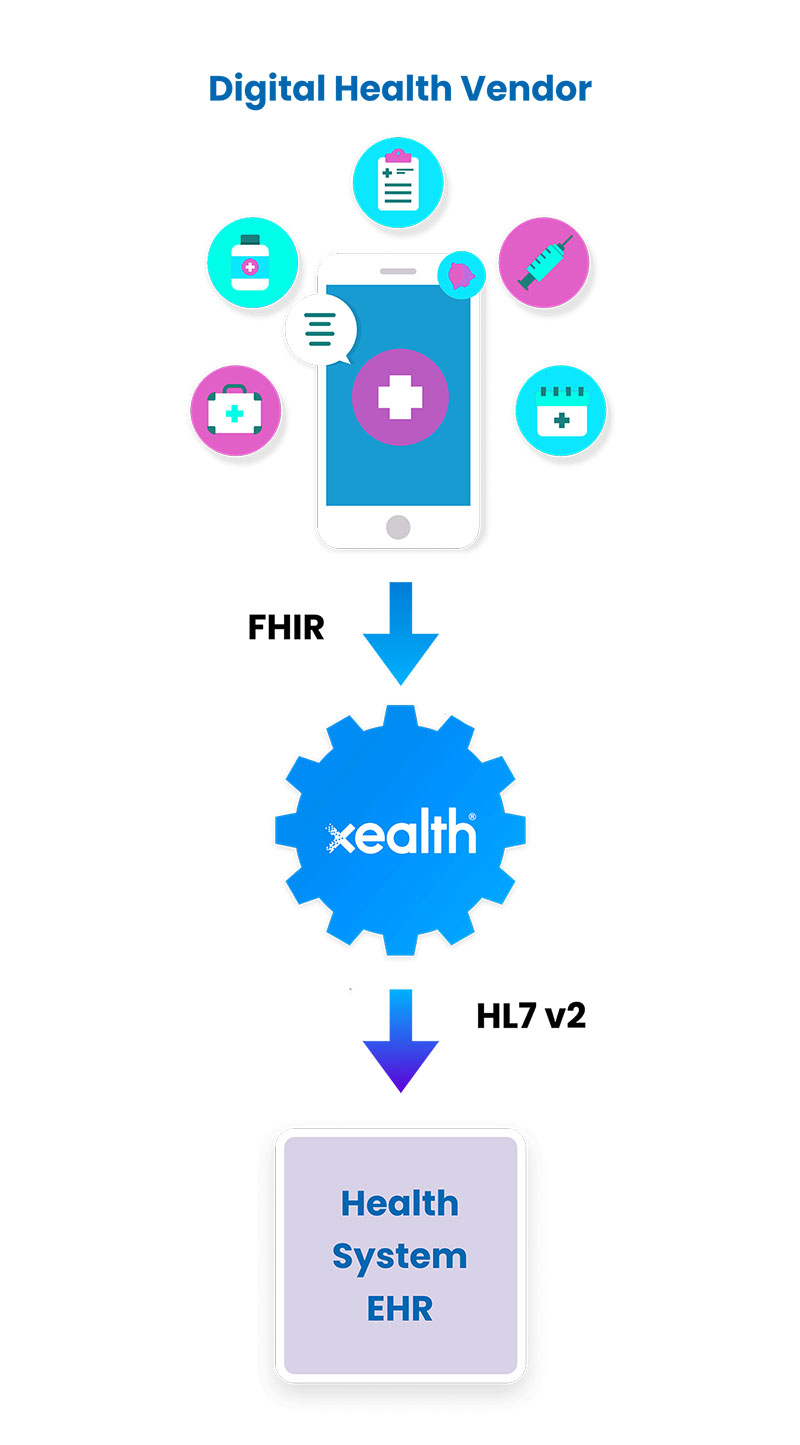Note to readers: This is the fifth post in a six-part series exploring the perspectives of digital patient engagement.
Digital engagement is a cornerstone of effective patient care. Engaging a diverse patient population through accessible, intuitive digital platforms can significantly enhance patient outcomes and satisfaction.
Discover strategic approaches for leveraging your existing digital health investments to create more engaging and effective patient experiences for all involved.
Understanding Your Digital Health Assets
Healthcare providers today are equipped with an array of digital tools, each designed to fulfill specific functions:
- Content Management Systems (CMS) facilitate the organization and distribution of health information.
- Electronic Health Records (EHR) streamline the management of patient data.
- Telehealth platforms enable remote patient visits & consultations.
- Patient portals provide patients with direct access to healthcare services.
- Centralized integration suites help integrate various digital health services.
- Digital command centers oversee the operations of the digital health ecosystem.
Providers must assess their current utilization and performance to leverage these tools fully. Identifying underused resources, particularly content, can reveal opportunities for improvement, while patient feedback and engagement metrics provide valuable insights for enhancing service delivery.
Leveraging Content for Automatic Patient Engagement
An effective strategy involves developing a content calendar tailored to the specific needs of patients.
For instance, Children’s Wisconsin merged its custom content management system with KidsHealth, establishing a centralized workflow that enables the care team to manage and track the use of all educational content efficiently. Additionally, integration with their chosen patient engagement vendor, Artera, ensured consistent provider communication, minimizing alert fatigue for patients and families. This approach has led to enhanced patient and family experiences, streamlined content distribution, and improved clinician and patient usage and engagement tracking.
Similarly, Allina Health utilized Xealth’s automation features to proactively send messages to patients before their appointments, leading to a consistent rise in both scheduled and completed colonoscopies, supporting population health and quality objectives. The initiative has seen impressive engagement, with a 60% open rate and nearly 40% click-through rate. Providers have expressed satisfaction with the results; one team member noted, “I really like how patients are reading the CRC SDM guide before their appointment with me and asking good questions.”
Content must be easily understandable and free from medical jargon to be engaging. Incorporating multimedia and interactive elements can also significantly improve user engagement and understanding.
Partnering with Specialty Tools for Enhanced Care
Specialized conditions such as diabetes or mental health may benefit from specific digital tools designed for better management. Selecting third-party tools should be guided by criteria like ease of integration, user-friendliness, and effectiveness. Seamless integration of these tools into existing workflows is crucial for enhancing patient care without disrupting service delivery.
Maximizing the Potential of Native EHR Tools
Native EHR tools can be optimized to enhance patient communication through custom alerts and reminders. Linking patient education materials directly to specific health conditions can also personalize and improve the care experience.
Enhancements to patient portals, such as easier access to health records, simplified appointment scheduling, and direct messaging capabilities, can encourage more frequent use. Gamification and incentives can further promote regular interaction with digital platforms.
Embracing a Multi-Channel Approach
A unified strategy that combines various digital tools ensures cohesive patient engagement and consistent messaging across all platforms.
Addressing the digital divide is also critical; simplified interfaces, multilingual support, and alternative access methods like telephone services can help engage patients with limited internet access or technological skills. Offering digital literacy resources further empowers patients to utilize digital health services effectively.
Continuous Improvement through Analytics and Feedback
Continuous improvement is facilitated by the strategic use of analytics to track engagement and outcomes. Setting clear, measurable goals allows for monitoring engagement levels and the effectiveness of various strategies.
Institutions like Banner Health and UPMC/Medbridge exemplify the successful use of data to refine digital strategies and improve patient engagement. Additionally, implementing regular surveys and feedback mechanisms provides insights into patient needs and preferences, which can guide further refinements to digital strategy.
Leave No Patients Behind
Embracing an all-patient approach in digital health strategies is essential.
The continuous evolution of digital engagement practices to meet the changing needs of patients is critical for delivering superior care in modern healthcare.
Request a demo today to learn how our digital health platform can be implemented in your practice to transform your patient engagement efforts and distinguish your services in the healthcare industry.


